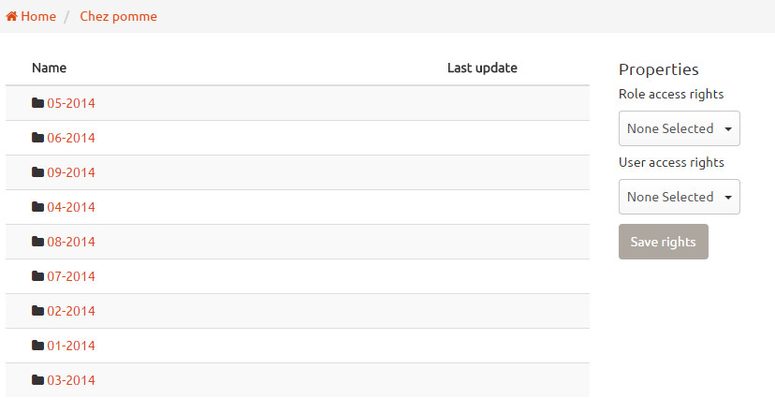Every organization has its own separate security based on users, user roles and access rights.
Users
There are two types of users in the system: standard users and administrators (admins). When a new organization is created, the first admin user is automatically created along with it (the admin username and password is one of the parameters required when a new organization is added).
Passwords
Logging via Google, Facebook, Twitter or LinkedIn account
Roles
Secret
Access rights
Access rights can be defined either on a folder level or a report level and you can define rights for individual users or roles (user groups). You can set access rights either manually, in the application, or via the API.
Setting access rights manually
If you log in as an admin user, and you open up the properties panel on a folder or a report, you will see two dropdowns (one for roles, one for users) where you can control the access rights.
Setting up access rights via the API
- Folder level - AddFolderRights(tcFolderPath, tcUsersList, tcRolesList). tcFolderPath is the path to the folder, tcUserList is a comma-delimited list of users, tcRolesList is a comma-delimited list of roles.
- Report level - AddReportRights(tcReportPath, tcUsersList, tcRolesList) tcReportPath is the path to the report, tcUserList is a comma-delimited list of users, tcRolesList is a comma-delimited list of roles.
You can see how these two methods are called in the sample code RICDemo2.prg (https://bitbucket.org/eqeuscom/ricsamples/src/master/RICAPIClientVFP/ricdemo2.PRG)
